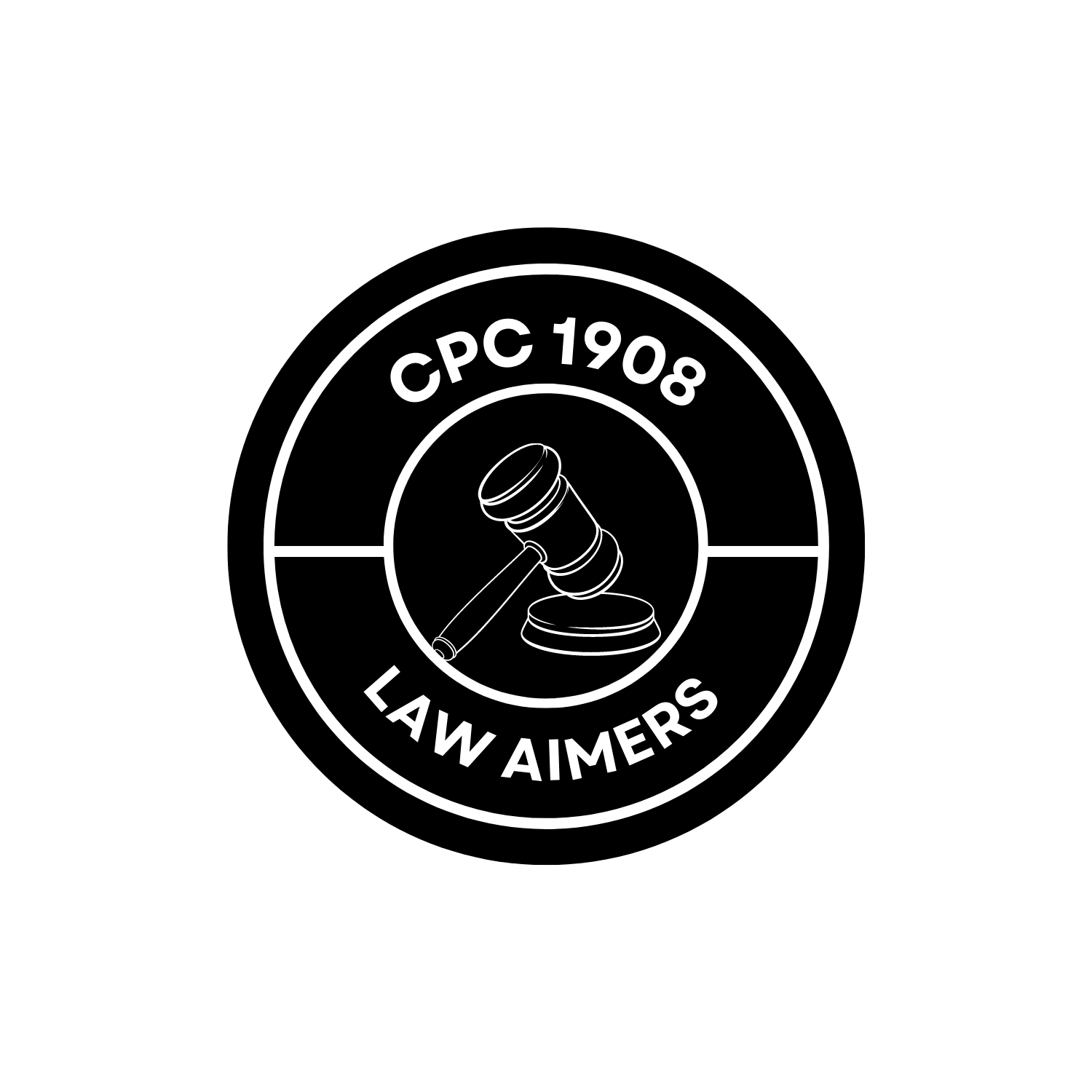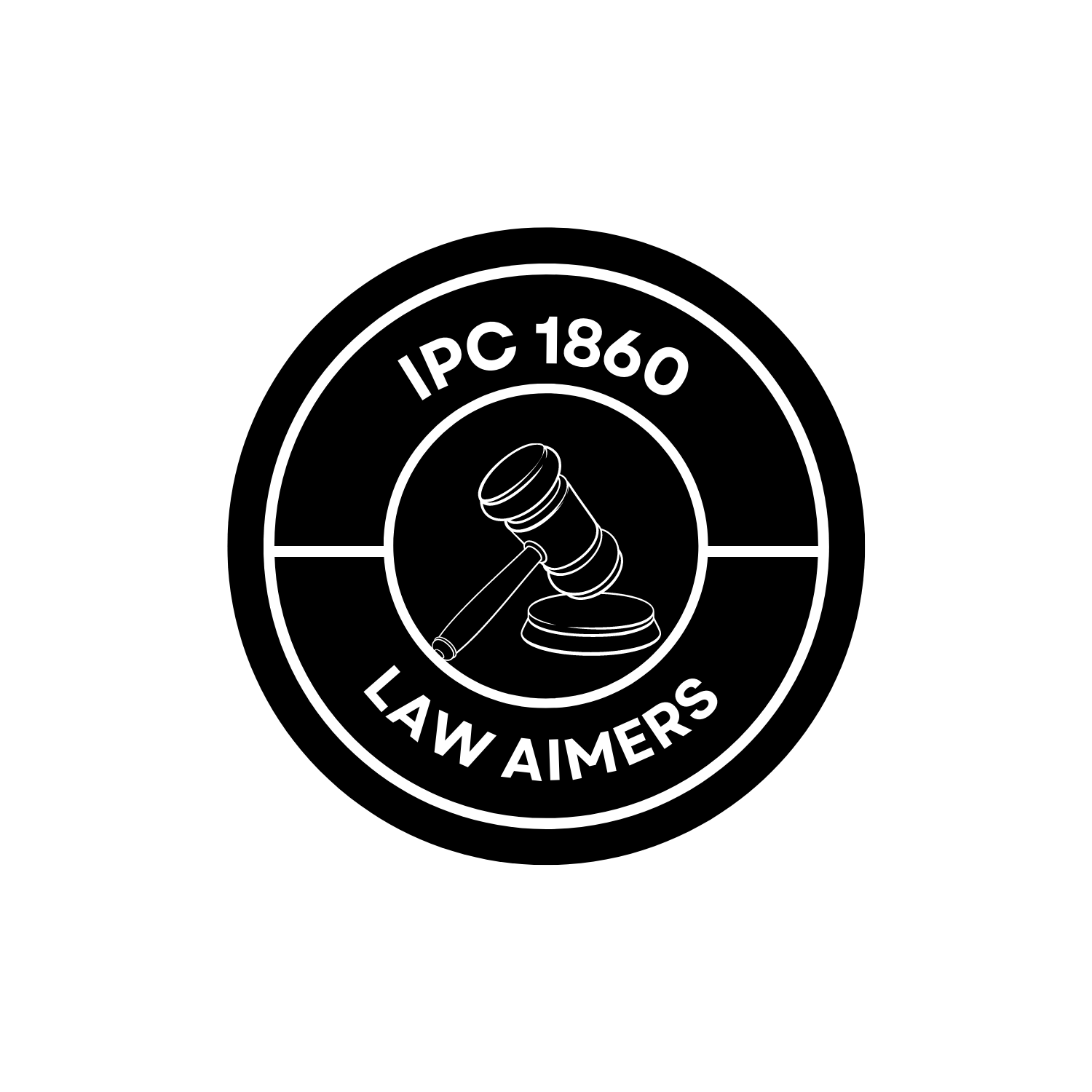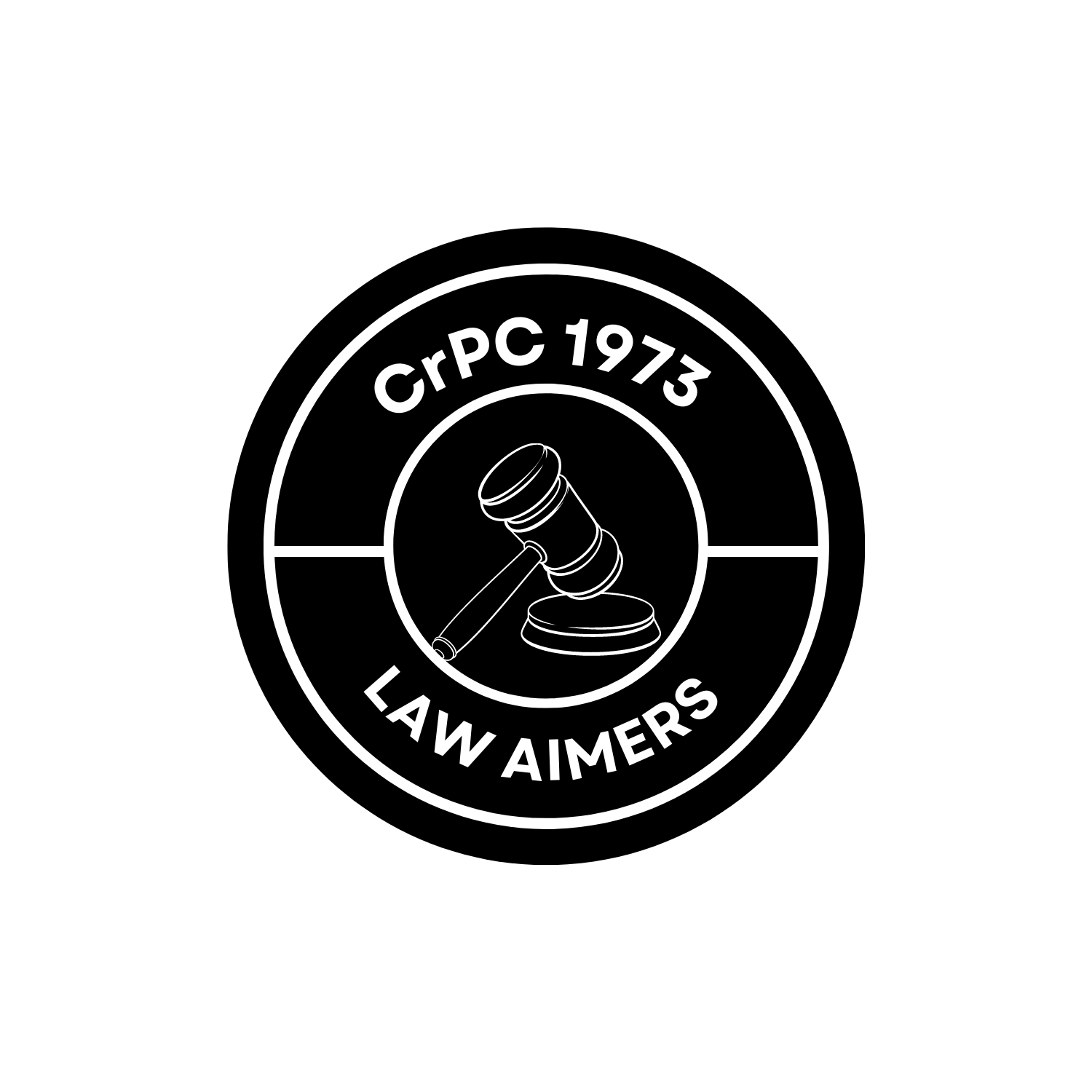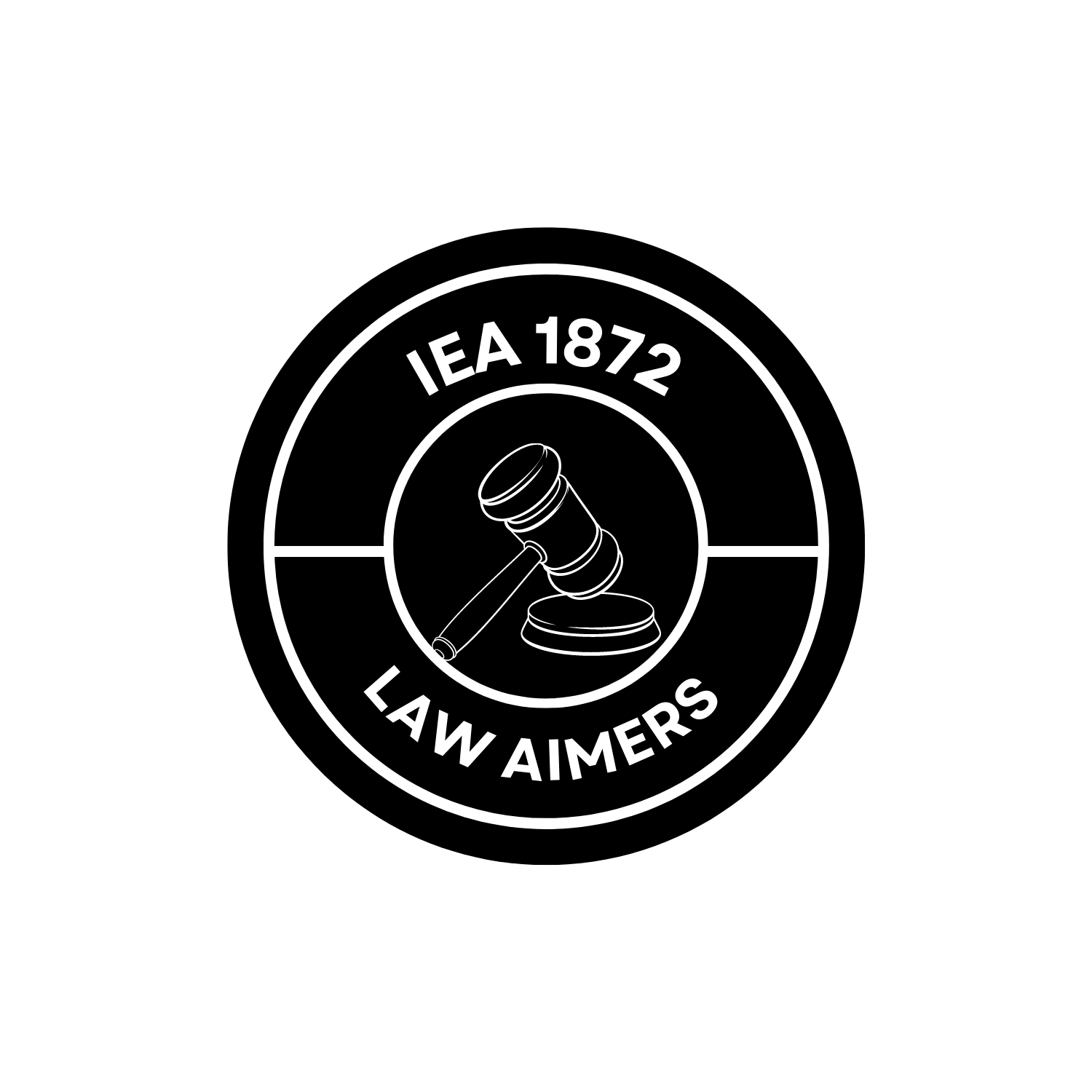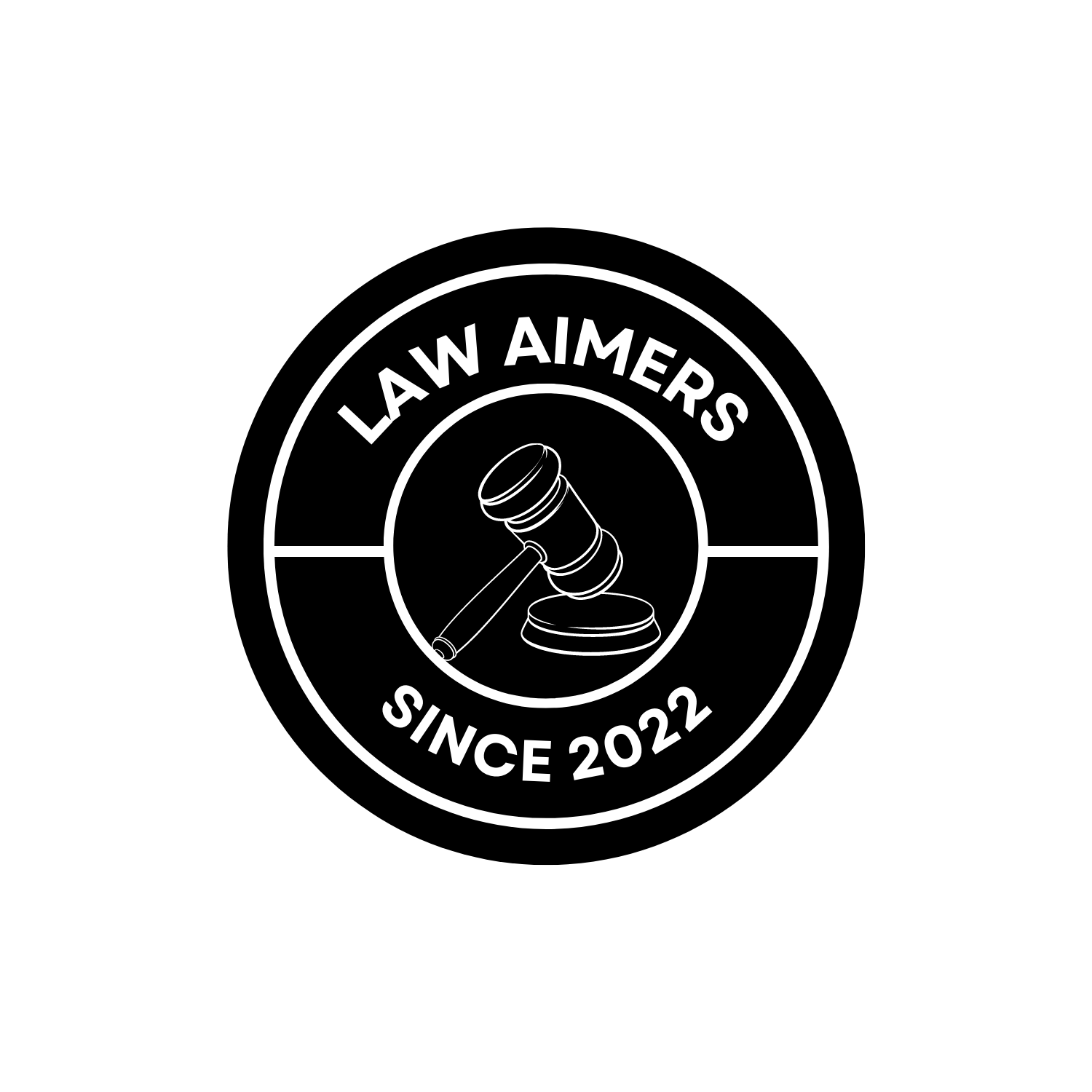1. Power to order any point to be proved by affidavit.—Any Court may at any time for sufficient reason order that any particular fact or facts may be proved by affidavit, or that the affidavit of any witness may be read at the hearing, on such conditions as the Court thinks reasonable:
Provided that where it appears to the Court that either party bona fide desires the production of a witness for cross-examination, and that such witness can be produced, an order shall not be made authorizing the evidence of such witness to be given by affidavit.
2. Power to order attendance of deponent for cross-examination.—(1) Upon any application evidence may be given by affidavit, but the Court may, at the instance of either party, order the attendance for cross-examination of the deponent.
(2) Such attendance shall be in Court, unless the deponent is exempted from personal appearance in Court, or the Court otherwise directs.
3. Matters to which affidavits shall be confined.—(1) Affidavits shall be confined to such facts as the deponent is able of his own knowledge to prove, except on interlocutory applications, on which statements of his belief may be admitted: provided that the grounds thereof are stated.
(2) The costs of every affidavit which shall unnecessarily set forth matters of hearsay or argumentative matter, or copies of or extracts from documents, shall (unless the Court otherwise directs) be paid by the party filing the same.
4. Court may control evidence. —(1) The Court may, by directions, regulate the evidence as to issues on which it requires evidence and the manner in which such evidence may be placed before the Court.
(2) The Court may, in its discretion and for reasons to be recorded in writing, exclude evidence that would otherwise be produced by the parties.
5. Redacting or rejecting evidence. — A Court may, in its discretion, for reasons to be recorded in writing–
(i) redact or order the redaction of such portions of the affidavit of examination-in-chief as do not, in its view, constitute evidence; or
(ii) return or reject an affidavit of examination-in-chief as not constituting admissible evidence.
6. Format and guidelines of affidavit of evidence. —An affidavit must comply with the form and requirements set forth below:—
(a) such affidavit should be confined to, and should follow the chronological sequence of, the dates and events that are relevant for proving any fact or any other matter dealt with;
(b) where the Court is of the view that an affidavit is a mere reproduction of the pleadings, or contains the legal grounds of any party’s case, the Court may, by order, strike out the affidavit or such parts of the affidavit, as it deems fit and proper;
(c) each paragraph of an affidavit should, as far as possible, be confined to a distinct portion of the subject;
(d) an affidavit shall state— (i) which of the statements in it are made from the deponent’s own knowledge and which are matters of information or belief; and (ii) the source for any matters of information or belief;
(e) an affidavit should— (i) have the pages numbered consecutively as a separate document (or as one of several documents contained in a file); (ii) be divided into numbered paragraphs;
(iii) have all numbers, including dates, expressed in figures; and
(iv) if any of the documents referred to in the body of the affidavit are annexed to the affidavit or any other pleadings, give the annexures and page numbers of such documents that are relied upon.
